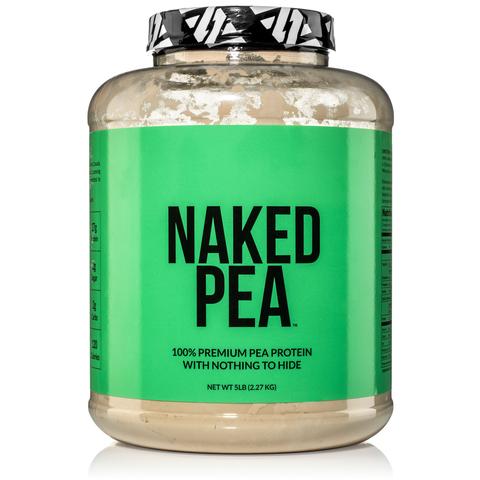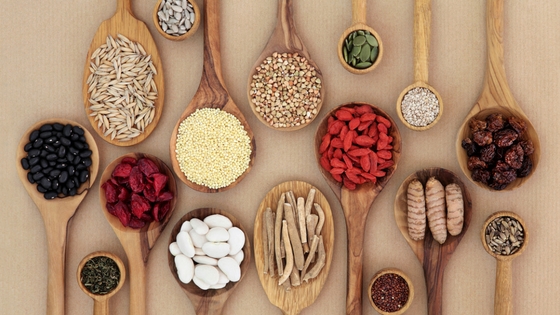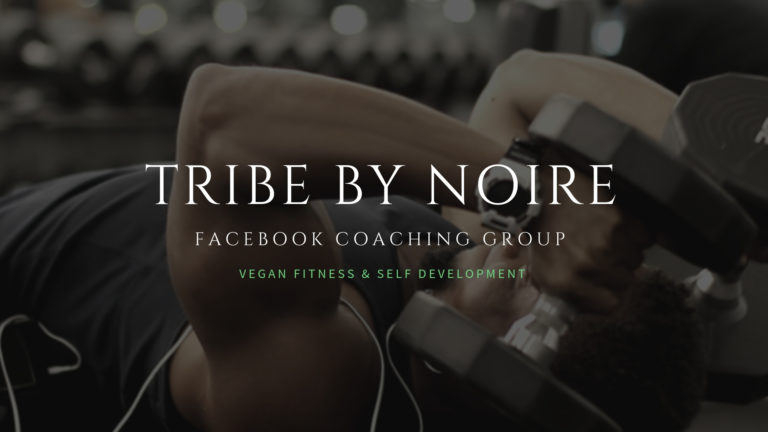The 5 Food Groups Of The Whole Food Plant Based Diet
According to all of the scientific research that I’ve done and the amazing results that I and my clients have achieved, a plant based diet is superior. There are many different ways to structure a plant based diet in terms of macros and timing, but the key is balance and variety.
In this nutrition guide I’m going to explain how to cover all of your macros, vitamins, minerals, and eliminate nutrient deficiencies.
The 5 Food Groups
- FRUIT
Fruit is pretty low in calories, but loaded with all kinds of antioxidants, vitamins, minerals, and fiber. Most fruit tend to be pretty high in sugar, but those sugar levels are regulated by vitamin C and fiber. The high levels of vitamin C in fruit help to flush toxins out of the body, strengthen the immune system, stimulate collagen production, and connective tissue growth.
- VEGETABLES
Vegetables also tend to be pretty low in calories, but loaded with all kinds of antioxidants, vitamins, minerals, and fiber. Vegetables have very low levels of sugar and typically have complex carbs which really stabilize blood sugar levels. Dark leafy greens are really important for healing and improving gut health. Dark leafy greens are a great source of calcium, magnesium, iron, zinc, and omega 3 fatty acids.
- NUTS & SEEDS
Nuts and seeds are a good high calorie source of protein and quality fats. Nuts are a great food to pair with low calorie foods because of their high calorie content. Nuts and seeds are a great source for minerals like selenium, zinc, and iron. Seeds like pumpkin, chia, hemp, and flaxe seeds are a great source for omega 3 fatty acids.
- GRAINS
Grains are very calorie dense and a really easy source for both quick and slow digesting carbs, as well as fiber. The grains with the most fiber are the ones with the slower digesting carbs. An example of this would be white rice vs brown rice. Having more grains in your diet is ideal for high performing athletes and people trying to put on muscle size and strength.
- LEGUMES
Legumes are big time muscle building foods with high amounts of protein, carbs, fiber, and calories. Legumes are also a major source of B vitamins, magnesium, calcium, zinc, and iron. Add a variety of beans, peas, lentils, and even tofu to your diet for optimal protein levels.
Meal Structure
Ideally to have a balanced and robust diet, you want to make sure you’re eating a variety of foods from each of the 5 food groups daily. An easy way of doing this is planning your meals in a way where you are combining 2-3 of the food groups in each meal. Pair low calorie nutrient dense foods with high calorie foods. Here’s a few examples.
MEAL 1
- DRY FRUIT
- NUTS
- SLOW DIGESTING GRAINS
MEAL 2
- DARK LEAFY GREENS
- SEEDS
- BEANS
MEAL 3
- VEGETABLES
- PEAS
MEAL 4
- CITRUS FRUIT
- FAST DIGESTING CARBS
Its a great idea to have your meals become smaller and simpler as the day goes on. Also if you’re trying to lose body fat at an optimal rate, eat foods that are slower digesting foods with a lower glycemic index during the day and then foods with a higher glycemic index at night.
Glycemic index is a measure of how fast a food will spike your blood sugar levels. A lower glycemic index is ideal during the day for managing hunger, energy levels, and improving insulin sensitivity, ultimately increasing fat loss results. Spiking your blood sugar at night will feed your sweet tooth and later will allow you to sleep better at night after you come down from the sugar high.

My Top Vegan Protein
If you need a vegan protein supplement that tastes good, has a good texture, and doesn't have all the additives and colors, give this one a go. each serving is 27 grams of protein and 120 calories.
Tribe By Noire

I’ve created this platform to help you become the most powerful version of yourself through fitness, plant based nutrition, and mindset coaching.
copyright © 2018 Tribe By Noire. All Rights Reserved

